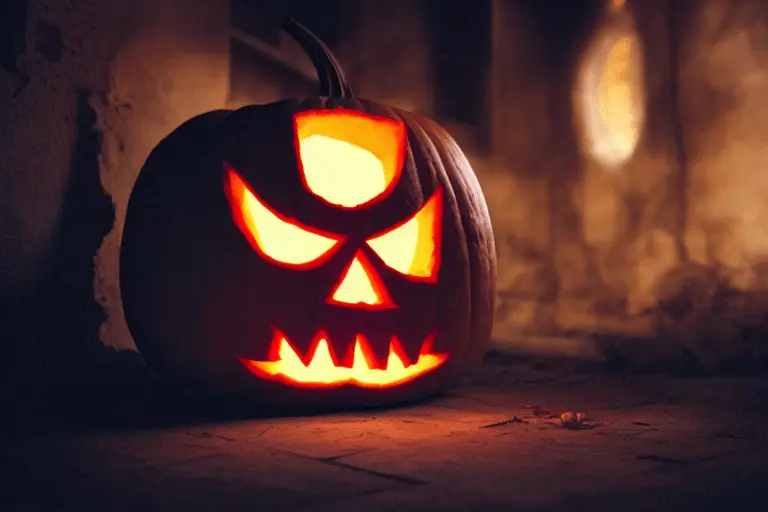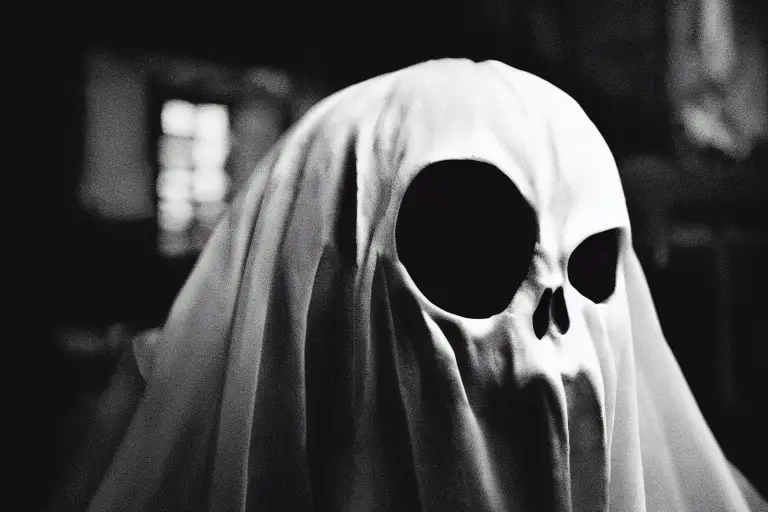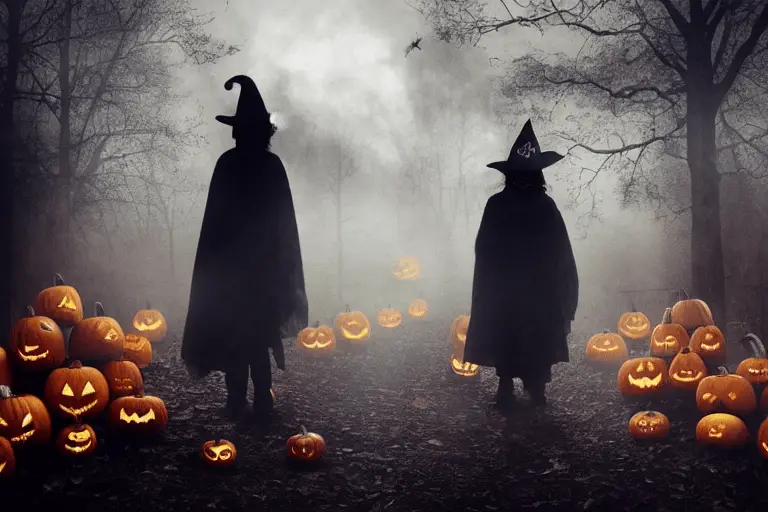Share the Lore!
By: Alex Postrado
When Ghosts Walk The World Of The Living
It is that time of the year again!
Halloween is now just around the corner.
For much of recorded history, Halloween has traditionally been celebrated across numerous parts of the globe.
Dating back to thousands of years ago, this widely remembered holiday started as a religious observance in Europe, which evolved into a secular celebration, popular with people of all ages — especially children.
While Halloween, nowadays, seems mainly made for dressing up in scary costumes, carving jack-o’-lanterns, trick-or-treating, and — generally — having fun, the tradition on the 31st actually stemmed from the ancient belief in ghosts and the afterlife — a belief that has been known to men since preliterate times.
Needless to say, the concept of spirits, as well as life after death, is rooted in animism and ancestor worship.
And Halloween — just so happened — to be among the few long-standing traditions that were heavily influenced by both of them.
Because of all this, Halloween comes across to many as the perfect day to tell ghost stories.
However, on — perhaps — the spookiest day of the year, can our playful tales of haunting actually come to life?
Do ghosts and other entities come out on the day that we’ve basically dedicated to them?

The History of Halloween and the Connection to Ghosts
If there is one thing that the history of Halloween can tell us about how likely we are to see ghosts on the 31st, it would probably be the reason why the ancient Celts chose that particular time of the year to celebrate Samhain.
To those who are unfamiliar with the ancient holiday, Samhain is the pagan Gaelic observance for the beginning of winter.
While Celts reserved the 1st of November for their new year celebration, the day that comes right before that — October 31 — was when they celebrated the festival of Samhain.
In English, Samhain literally means “end of summer”.
And the festival, shaped after this name, marks the end of harvest as the period moves from warmer months to the dark and cold winter.
Allegorically speaking, this transition could represent death — or even the coming of it.
The dark half of the year, mirroring the dark half of life.
As a result, ancient Celts believed that on the night before the new year, the veil that serves as the boundary between the physical world — or the world of the living — and the spiritual one — where the dead were said to roam — becomes blurry.
This is the reason why Samhain reputedly allowed the ghosts of those that have departed to walk the earth once more and interact with humans.
During this festival, people would light bonfires as a form of precaution, meant to ward off malicious spirits.
They would also wear costumes and masks to prevent the vindictive ghosts of people they used to know from recognizing them.
Others who felt “especially close” to deceased kin, however, would leave treats and food by their front door for their dead loved ones.
Some even leave empty spaces to welcome ghosts at the dinner table.
While the rest light candles out in the streets and along the side of the road to guide lost souls to wherever they were going.
This tradition went on until Romans arrived around 43 CE and introduced similar festivals — like, Feralia — which over time, confused the Celts about their real customs.
Centuries later, Christianity overtook the pagan beliefs in Europe.
And soon, the church — led by Pope Gregory III — decreed that All Hallows Day or All Saint’s Day should be moved from the 13th of May to the 1st of November.
Scholars argue that this was to slowly replace the pagan celebration of Samhain with a religious marking that is — in all sense — Christian.
This caused the evening of Samhain to be renamed as All Saints’ Eve, All Hallows’ evening, All Hallows’ Eve, All-hallows-even, and, later, Hallowe’en.
The holiday stuck for hundreds of years more.

And so, when Irish immigrants fled to the Americas during the 1800s, the Halloween tradition ultimately came with them.
Over the years, this European custom developed into the Halloween that we know today — a fun, family-friendly holiday when the “interest in ghosts and the paranormal” is undeniably at its peak.
Do Ghosts Come Out on Halloween?
Considering the origins and history of Halloween, it is widely believed in folklore that the 31st of October is the best day to communicate with spirits.
After all, the barrier between worlds is — again — at its thinnest during that day.
But, did you know that there is a specific time on Halloween when some believe that the veil becomes completely gone?
It is called the witching hour or the devil’s hour — a particular time of the night when supernatural entities were believed to be even more powerful.
Depending on the belief, the hour in question varies — ranging from “the hour immediately after midnight” to “the time between 3 am and 4 am”.
Despite this idea being asserted by some, others remain skeptical as to whether humans could actually commune with the dead.
Even more doubtful about the reality of ghosts and the afterlife.
Sure — spiritualism, séances, and mediums are a thing.
And the belief in spirits has been present since the early days of the Mesopotamian era.
But, to this time, the evidence for the existence of ghosts remains no better than it was a couple of hundred years back.
And with that, comes the unavoidable difficulty in proving whether or not ghosts actually come out during Halloween.

Explaining Ghost Sightings
Alleged ghostly encounters across the world turn up all year round — regardless of if it is Halloween or not.
And the people who record accounts like these argue that a factor in why we generally find it difficult to investigate ghosts is because they are said to come in all types and shapes.
Some haunt specific places; some pester individuals; others show up in dreams; and a portion appears to only be supernatural forces — rather than humanlike figures — that cause trouble and mischief, and are known as poltergeists.
Nevertheless, it is said that “personal experience is one thing” and “scientific evidence is another“.
Instead of evidence, though, what science can provide us — at this particular point in time — is an explanation.
Psychologists note that humans are actually prone to “seeing” ghosts.
There is a thing called “sensed presence” and it makes people perceive or feel a “ghostly presence” whenever they are under high levels of stress.
Moreover, sightings may also be triggered by what we call “agency-detection mechanisms” — which are evolutionary mechanisms that protect humans from threat.
These factors, along with our religious views, further our belief in life after death and — subsequently — in ghosts.
A belief that would — ironically — be most alive on the day of Halloween.
References:
Halloween - Origins, Meaning, and Traditions Why Do We Celebrate Halloween? Why Some People See Ghosts and Other Apparitions Are ghosts real?
